In the heart of Kathmandu, where ancient traditions intertwine with the rhythms of modern life, the Kumari of Nepal remains one of the most enigmatic and revered figures in Hindu culture. Known as the "Living Goddess," the Kumari is a prepubescent girl chosen through a rigorous selection process to embody the divine spirit of the goddess Taleju. Her existence is a paradox—simultaneously sacred and fragile, divine yet profoundly human. The Kumari tradition, deeply rooted in Newari Buddhism and Hinduism, reflects a complex interplay of devotion, power, and the fleeting innocence of childhood.
The selection of a Kumari is no ordinary process. It is a sacred ritual steeped in mysticism and tradition. The chosen girl, typically between the ages of four and seven, must meet 32 strict physical and spiritual criteria, including flawless skin, a voice as clear as a duck’s, and the courage to remain serene in the face of terrifying rituals. Once selected, she leaves her family to reside in the Kumari Ghar, a palatial temple in Kathmandu’s Durbar Square. There, she is worshipped as a living deity, her feet never touching the ground outside her sanctum, her every gesture interpreted as an omen.
To devotees, the Kumari is not merely a symbol but the earthly vessel of the goddess Taleju. During festivals like Indra Jatra, she is carried through the streets in an ornate palanquin, her face painted in intricate patterns, her gaze believed to bring blessings or calamity. Pilgrims and politicians alike seek her darshan—a glimpse of the divine—hoping for her silent nod of approval. Yet, behind the reverence lies a stark reality: the Kumari’s divinity is bound by her childhood. The moment she menstruates or sheds blood, she is deemed mortal again, stripped of her title and returned to the secular world.
This abrupt transition is where the paradox of the Kumari becomes most poignant. Girls who once commanded the devotion of thousands suddenly find themselves grappling with the challenges of reintegration into normal life. Many former Kumaris struggle with education, social skills, and even marriage prospects, their divine past casting a long shadow over their futures. Stories of ex-Kumaris facing hardship have sparked debates about the ethics of the tradition. Critics argue that the practice exploits young girls, isolating them during their formative years and leaving them ill-prepared for adulthood. Defenders, however, see it as a sacred duty, a rare honor that connects the community to the divine.
The Nepalese government has attempted to address these concerns, introducing stipends and educational support for former Kumaris. Yet, the cultural weight of the tradition makes reform a delicate endeavor. For many, the Kumari is not just a ritual but a living bridge between the human and the divine, a testament to Nepal’s rich spiritual heritage. To discard the practice would be to sever a thread of continuity that has endured for centuries.
Perhaps the most compelling aspect of the Kumari tradition is its reflection of the universal tension between the sacred and the mundane. The Kumari’s life is a fleeting moment of divinity wrapped in the vulnerability of childhood. She is both exalted and confined, a goddess who cannot run, play, or express herself freely. Her existence raises profound questions about the cost of reverence and the boundaries of tradition. In worshipping her, Nepalese society confronts its own contradictions—the desire to preserve ancient customs while navigating the demands of a changing world.
As Nepal modernizes, the Kumari remains a potent symbol of cultural identity. Her story is not just one of ritual and religion but of the fragile, transient nature of childhood itself. The girls who take on this role carry the weight of history on their small shoulders, their lives a delicate balance between the celestial and the earthly. In the end, the Kumari tradition endures not because it is uncomplicated, but because it embodies the very essence of Nepal—a land where the divine and the human are forever intertwined.
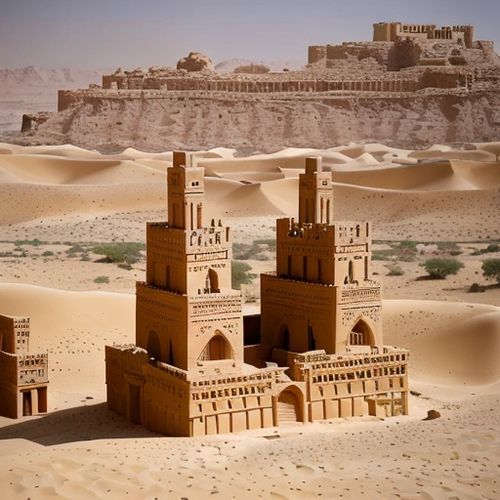
By /May 11, 2025
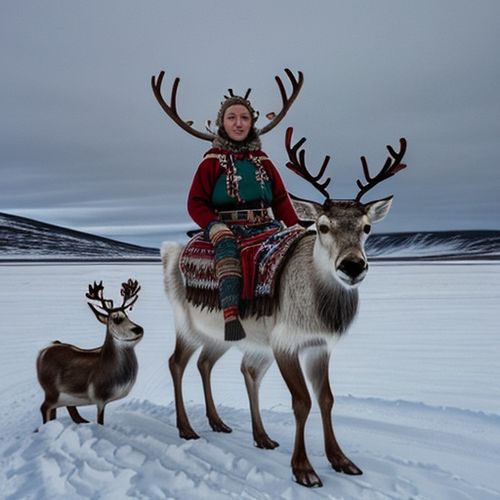
By /May 11, 2025
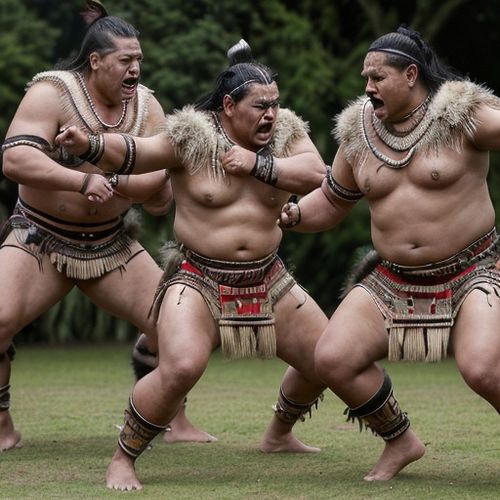
By /May 11, 2025

By /May 11, 2025
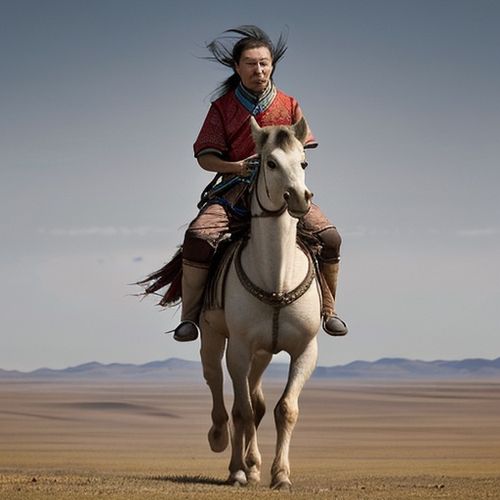
By /May 11, 2025
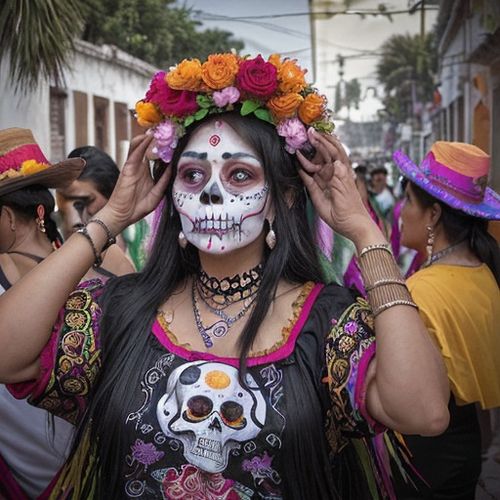
By /May 11, 2025
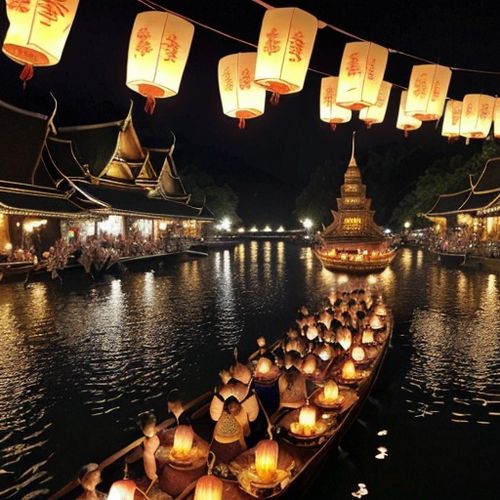
By /May 11, 2025

By /May 11, 2025

By /May 11, 2025

By /May 11, 2025

By /May 11, 2025
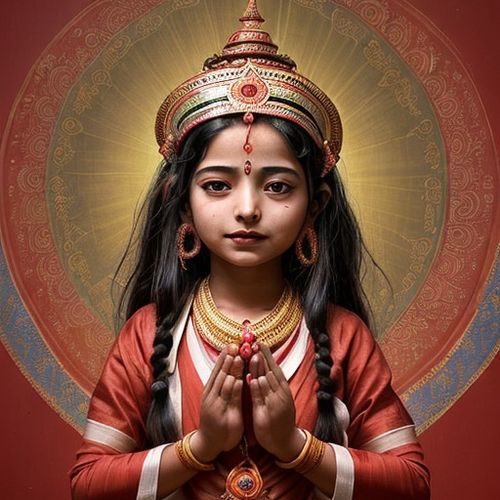
By /May 11, 2025
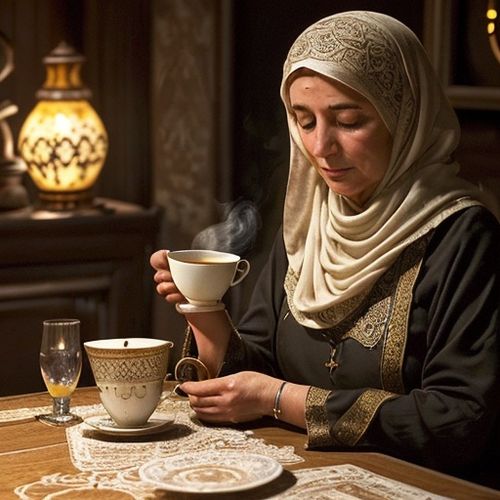
By /May 11, 2025
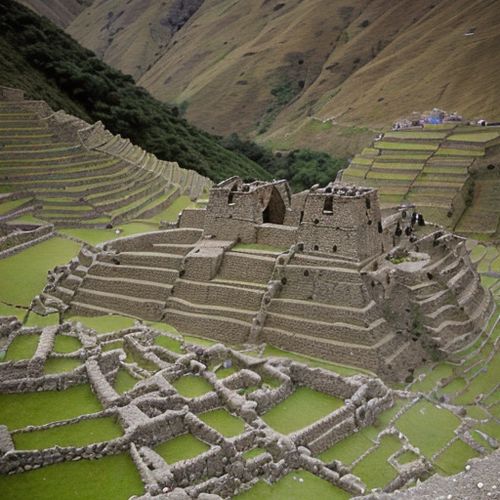
By /May 11, 2025
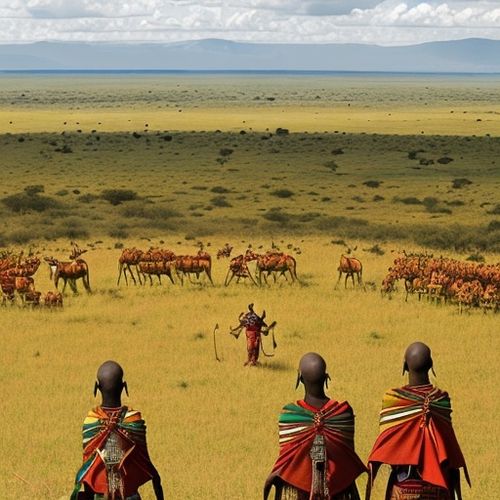
By /May 11, 2025

By /May 11, 2025

By /May 11, 2025
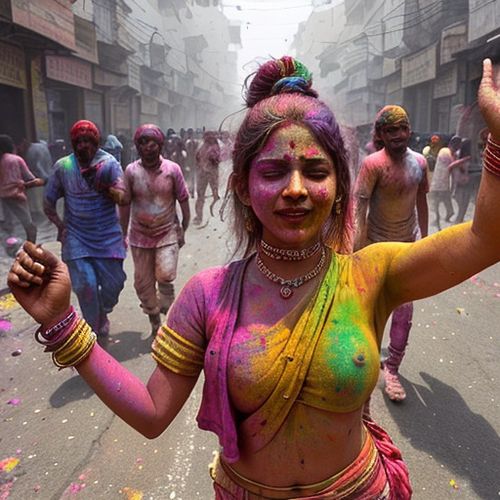
By /May 11, 2025
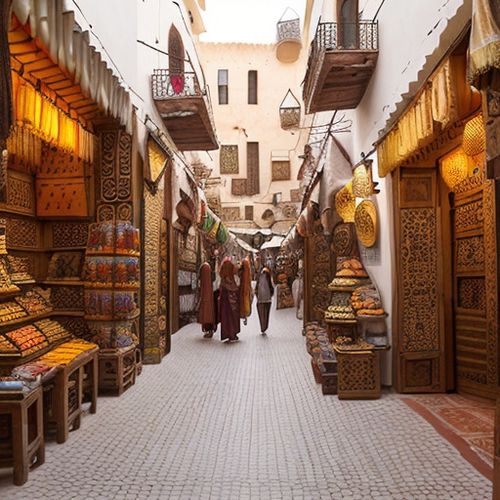
By /May 11, 2025
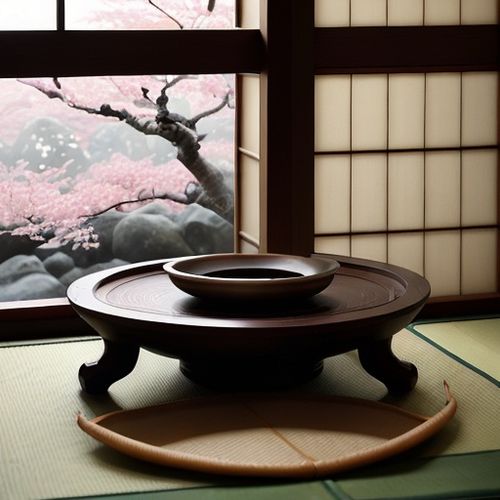
By /May 11, 2025